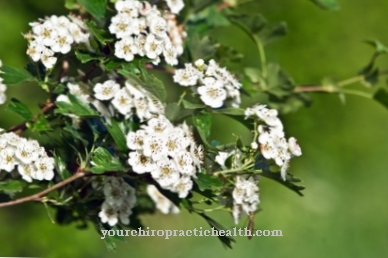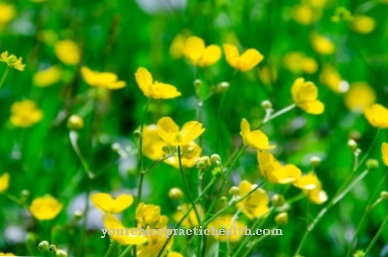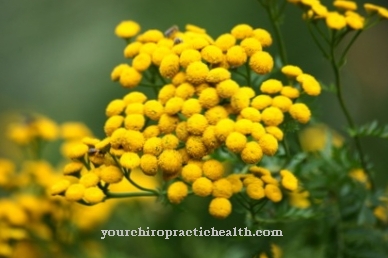coriander is an annual herb of the Apiaceae family. The root word is also related to the name Ariadne, daughter of the ancient king Minos.
Occurrence and cultivation of coriander

coriander is a soft, hairless plant that can grow up to 50 cm high. The leaves vary in shape and are broadly lobed in the center of the plant, and thinner and pinnate at the top of the flower head.
This is asymmetrically shaped, the petals have a white color that blends into soft pink. The name coriander developed from the ancient Greek koriannon, via the Latin coriandrum into the old French coriandre.
Coriander is originally from the regions of southern Europe, North Africa and Southwest Asia.
Application & use
All parts of the plant are edible, but the fresh leaves or dried seeds are the parts of the plant that are primarily used in cooking. coriander is used in traditional kitchens around the world. Especially in Asia, Southern Europe, North Africa and Latin America.
The taste of the leaves of the coriander differs from its seeds, which have a slight citrus note. Many people find the taste of the leaves soapy and avoid consumption. In South Asia, the leaves of the coriander are increasingly used in chutneys and salads. In Latin America in salsa and guacamole. In India, the herb is also used in classic dishes such as "dal" (lentils).
Since the taste of the leaves quickly evaporates when heated, they are usually added shortly before serving. The dried fruits of the coriander are called seeds. When these are ground, they develop a citrus-like smell and taste. Ground or roasted seeds are often used in classic Asian dishes such as curries; both as a spice and as a thickener. Outside of Asia, the seeds of the coriander are also used for pickling (e.g. cucumbers) or for making sausages.
In Central Europe and Russia, the seeds are also used to make rye bread or even wheat beer (Belgium). The coriander root has an even more intense taste than the leaves and is used especially in Thai cuisine. For example in the preparation of soups or curry pastes.
Significance for health, treatment & prevention
How many spices it contains coriander Antioxidants. Dishes that have been seasoned with coriander keep fresher longer. Antioxidants are found in both leaves and seeds. But the leaves have a stronger effect. Chemicals found in coriander have anti-bacterial effects against salmonella.
In traditional Middle Eastern medicine, coriander was used to relieve insomnia and anxiety. In India the seeds are used for the healthy drainage of the body. To do this, the seeds are heated in water together with caraway seeds and the solution is then drunk. Coriander can also have a positive effect on the digestive process (e.g. in the treatment of diarrhea).
Coriander is also used in a natural treatment of type 2 diabetes mellitus. A research study on mice has shown that the spice has both an insulin-releasing and an insulin-like effect. A related study found that coriander has hypolipidemic effects and lowers cholesterol and triglycerides. It also increases the number of high-density lipoproteins.
The utilization of cholesterol by the liver is thus strengthened. Coriander has a soothing effect on skin inflammations that have rheumatic or arthritic causes, but the high proportion of antioxidants has a general positive effect on the skin and the aging process of the eyes. Coriander can also have a positive effect on the hormonal balance and thus help to establish stable menstrual circles.
Since coriander is high in iron, it can effectively cure and prevent anemia. The essential oils in the coriander also have an antiseptic effect; when used in a mouth rinse, these smaller wounds in the oral cavity heal faster.

























.jpg)


